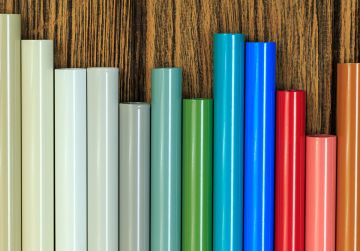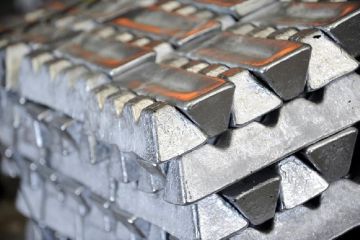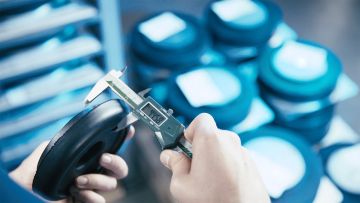Die design and selection are crucial stages in the aluminum extrusion production process. The die is a specially shaped tool that determines the cross-sectional profile of the extruded aluminum product. Proper die design and selection are essential for achieving accurate dimensions, maintaining the structural integrity of the extruded profiles, and minimizing defects during the extrusion process. Here's an overview of die design and selection for aluminum extrusion:
- Die Design Process:
- Profile Requirements: The first step in die design is to understand the specific requirements of the extruded profile. This includes the desired shape, dimensions, tolerances, and any additional features such as holes, slots, or surface textures.
- Material Considerations: The die design must take into account the properties of the aluminum alloy being extruded. Different alloys have varying flow characteristics, thermal expansion rates, and strength, which influence the die's geometry and cooling requirements.
- Die Cavity Design: The die cavity is the space through which the aluminum billet is forced to form the extruded profile. It is designed to provide uniform flow of material and minimize turbulence during extrusion. The die's internal shape must closely match the final profile dimensions.
- Land Length: The land length is the portion of the die that forms the initial compression zone of the aluminum as it enters the die. Proper land length design is crucial for controlling metal flow and avoiding defects like surface cracking or distortion.
- Exit Profile: The exit profile of the die is designed to maintain the desired dimensions and shape of the extruded profile. It may include features like sizing and calibration areas to control the final dimensions of the product.
- Cooling: The die design must incorporate cooling channels to regulate the die's temperature during extrusion. Proper cooling helps control material flow and prevent die deformation due to high temperatures.
- Profile Requirements: The first step in die design is to understand the specific requirements of the extruded profile. This includes the desired shape, dimensions, tolerances, and any additional features such as holes, slots, or surface textures.
- Die Selection:
- Material and Hardness: Dies are typically made from high-quality tool steel, which provides the necessary strength and durability for the extrusion process. The selection of steel grade and hardness depends on the extrusion press tonnage, the type of aluminum alloy being extruded, and the desired die life.
- Surface Coatings: Some dies may be coated with specialized surface treatments or coatings to improve wear resistance and extend die life. Common coatings include nitriding, hard chrome plating, or tungsten carbide coatings.
- Multi-Cavity Dies: In high-volume extrusion operations, multi-cavity dies may be used to extrude multiple profiles simultaneously, increasing productivity.
- Die Maintenance: Regular die maintenance and inspection are essential to ensure optimal performance and prevent defects. Dies can wear over time due to the high pressures and temperatures involved in the extrusion process.
- Material and Hardness: Dies are typically made from high-quality tool steel, which provides the necessary strength and durability for the extrusion process. The selection of steel grade and hardness depends on the extrusion press tonnage, the type of aluminum alloy being extruded, and the desired die life.
Die design and selection are critical to the success of the extrusion process, as they directly impact the quality and dimensional accuracy of the final extruded profiles. Properly designed and well-maintained dies contribute to efficient production, minimal waste, and consistent product quality.
 EN
EN
 NL
NL DE
DE





